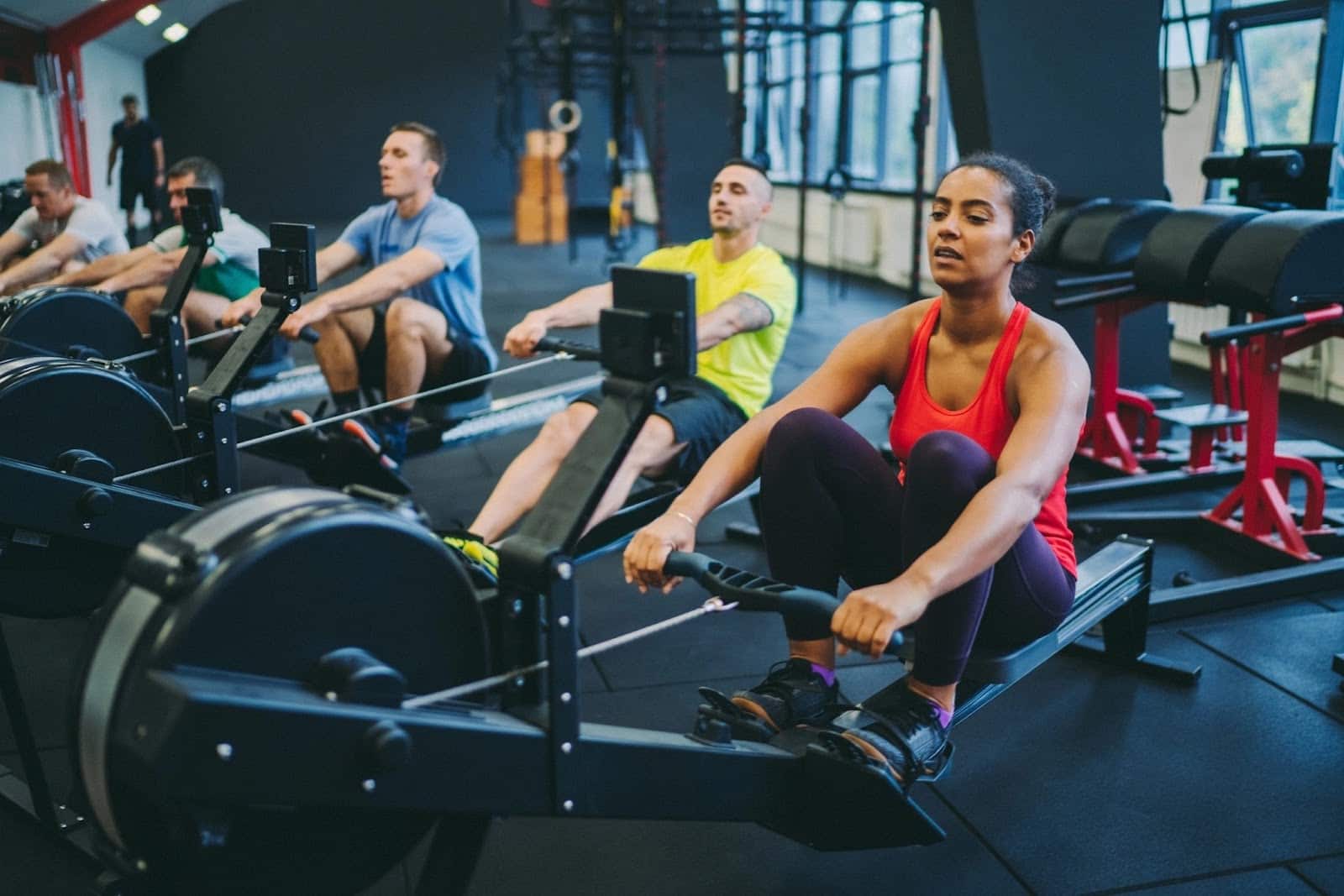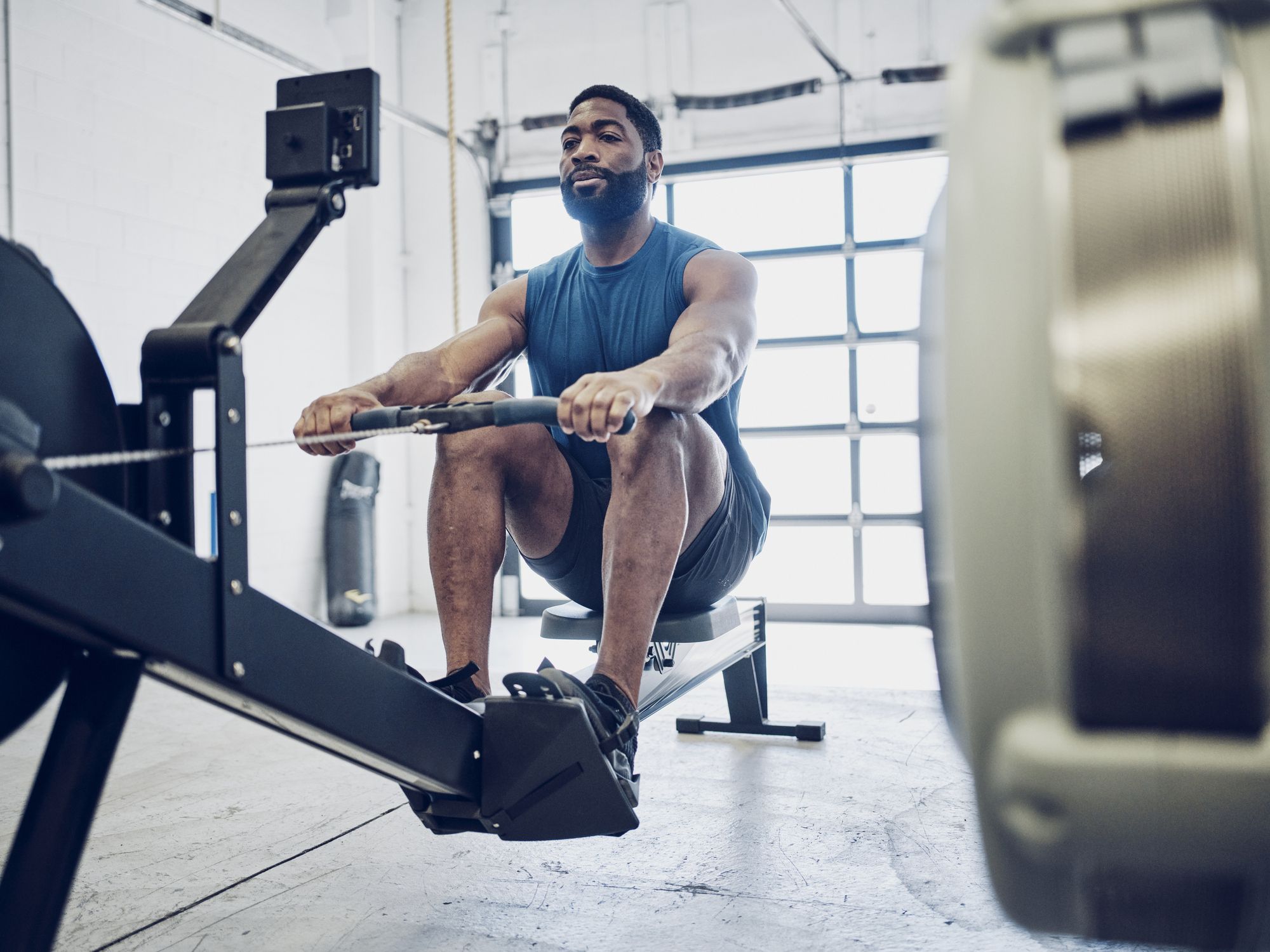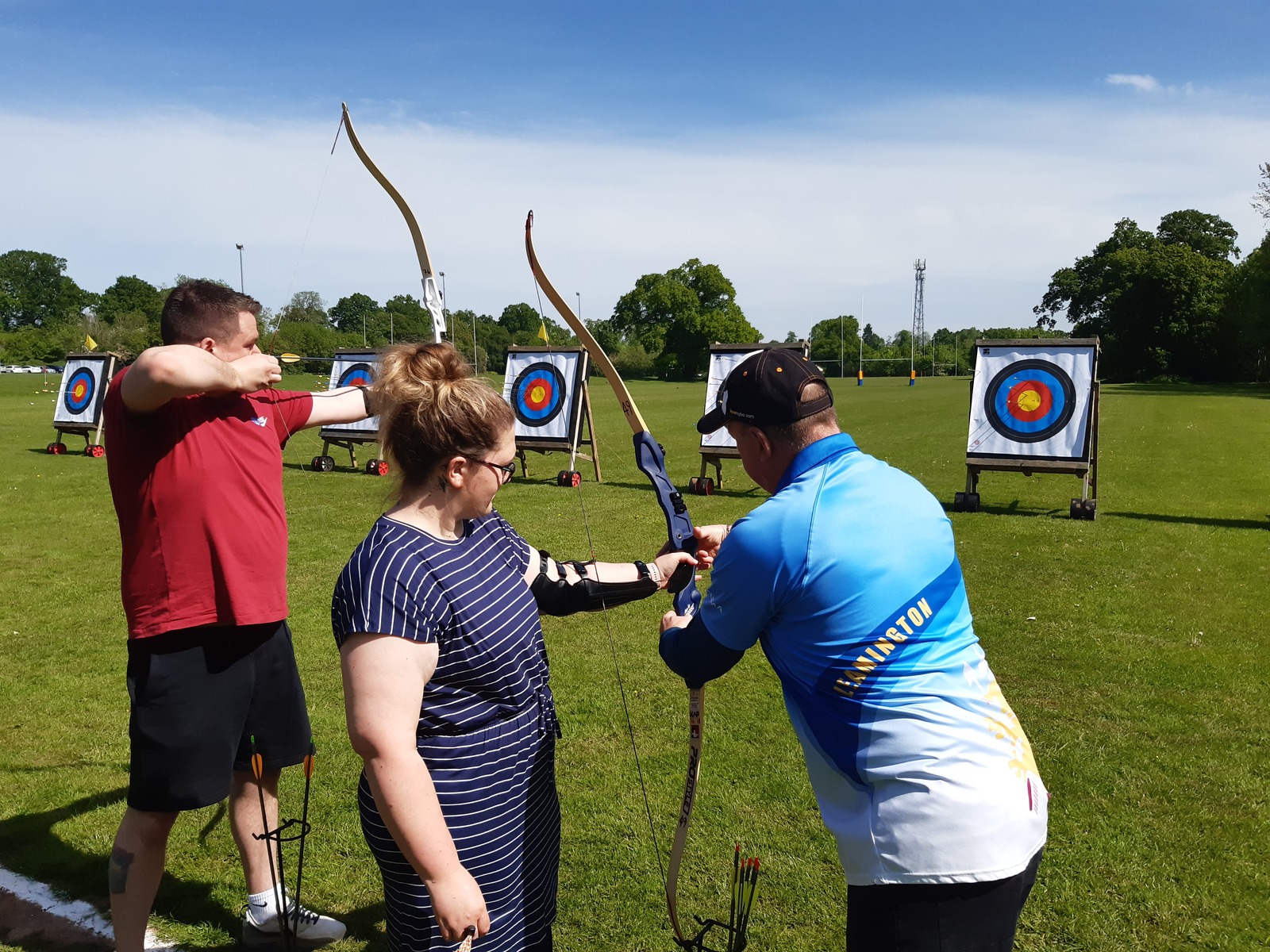
Rowing: A Full-Body Workout Demanding Fitness and Strength Training
Rowing, often perceived as a niche sport, is experiencing a surge in popularity. Its effectiveness as a full-body workout, coupled with its low-impact nature, makes it appealing to athletes of all levels, from seasoned competitors to fitness enthusiasts seeking a challenging and rewarding training regime. However, maximizing the benefits of rowing requires a comprehensive approach that integrates both fitness and targeted strength training. This article delves into the specific fitness demands of rowing and outlines a tailored strength training program to optimize performance and injury prevention.
The Physiological Demands of Rowing:
Rowing is a highly demanding sport, requiring a unique blend of muscular strength, endurance, power, and cardiovascular fitness. The repetitive nature of the stroke, coupled with the dynamic interplay of various muscle groups, creates a complex physiological challenge. Let’s break down the key fitness components:
-
Cardiovascular Endurance: Rowing is an excellent cardiovascular workout. The continuous nature of the stroke elevates heart rate and challenges the respiratory system, leading to significant improvements in aerobic capacity. Endurance training is crucial for maintaining a high stroke rate and power output over extended periods, particularly in endurance-based rowing events.
-
Muscular Strength and Power: Rowing engages nearly every major muscle group in the body. The legs generate the initial power phase, followed by the back and arms during the drive. Core stability is paramount throughout the stroke, maintaining proper body alignment and transferring power efficiently. Strength training is crucial for developing the muscular power needed for a powerful drive and efficient recovery. Specific strength exercises targeting the legs (quadriceps, hamstrings, glutes), back (latissimus dorsi, rhomboids, trapezius), and core (abdominals, obliques) are essential.
-
Muscular Endurance: Maintaining power and technique throughout a race, which can last from a few minutes to several hours, requires significant muscular endurance. This means the muscles must be able to sustain repeated contractions without significant fatigue. Training focuses on high repetitions with moderate weight to build this endurance.
-
Flexibility and Mobility: Proper technique in rowing is crucial for efficiency and injury prevention. Flexibility and mobility in the shoulders, hips, and back are essential for a full range of motion during the stroke. Regular stretching and mobility work are vital components of a comprehensive rowing training program.
-
Mental Toughness: Rowing is mentally demanding, requiring focus, concentration, and the ability to push through pain and fatigue. Mental training techniques, such as visualization and mindfulness, can enhance performance and resilience.
Strength Training for Rowers: A Targeted Approach
A successful rowing strength training program should address the specific muscle groups used in the rowing stroke, focusing on both strength and power development. The following exercises form the foundation of such a program:
Lower Body:
-
Squats: A fundamental exercise for building leg strength and power, essential for the initial drive phase of the rowing stroke. Variations include barbell squats, front squats, and goblet squats.
-
Deadlifts: Develops posterior chain strength (hamstrings, glutes, lower back), crucial for maintaining posture and generating power during the drive. Variations include conventional deadlifts, Romanian deadlifts, and sumo deadlifts.
-
Lunges: Improve leg strength and balance, enhancing stability and power transfer during the rowing stroke. Variations include forward lunges, reverse lunges, and lateral lunges.
-
Leg Press: Provides a less stressful alternative to squats, allowing for high-volume training to build muscular endurance.
Upper Body:
-
Pull-ups: Develops back and arm strength, essential for the pulling phase of the stroke. Variations include chin-ups and lat pulldowns (for those who can’t yet do pull-ups).
-
Bent-over Rows: Targets the back muscles, strengthening the muscles responsible for pulling the handle towards the body.
-
Overhead Press: Strengthens the shoulders and upper back, contributing to a powerful and efficient stroke.
-
Dumbbell Rows: Develops unilateral strength (strength in each arm individually), crucial for maintaining balance and power during the stroke.
Core:
-
Plank: Develops core stability, crucial for maintaining proper posture and transferring power efficiently during the rowing stroke. Variations include side planks and forearm planks.
-
Crunches: Strengthens the abdominal muscles, contributing to core stability and preventing lower back pain.
-
Russian Twists: Develops oblique strength, improving rotational power and stability.
-
Back Extensions: Strengthens the lower back muscles, counteracting the forward flexion during the rowing stroke.
Programming Considerations:
-
Periodization: A well-structured rowing strength training program should incorporate periodization, cycling the training intensity and volume throughout the year to optimize performance and prevent overtraining.
-
Rest and Recovery: Adequate rest and recovery are crucial for muscle growth and preventing injury. Allow for sufficient rest between sets and training sessions.
-
Progressive Overload: Gradually increase the weight, reps, or sets over time to continually challenge the muscles and promote strength gains.
-
Proper Form: Maintaining proper form during all exercises is crucial for maximizing results and preventing injuries. Consider working with a qualified strength coach to ensure correct technique.
-
Integration with On-Water Training: The strength training program should be integrated with on-water training to optimize overall performance. The intensity and volume of strength training should be adjusted based on the on-water training schedule.
Injury Prevention:
Rowing, like any sport, carries a risk of injury. A comprehensive strength training program, coupled with proper technique and adequate rest, can significantly reduce the risk of injury. Common rowing injuries include lower back pain, shoulder impingement, and wrist pain. Targeted strength training can strengthen the muscles that support these joints, reducing the risk of injury.
Conclusion:
Rowing demands a high level of fitness and strength. A well-designed training program that integrates both on-water training and targeted strength training is essential for maximizing performance and minimizing injury risk. By focusing on cardiovascular endurance, muscular strength and power, muscular endurance, flexibility and mobility, and mental toughness, rowers can achieve their full potential and enjoy the many benefits of this challenging and rewarding sport. Remember to consult with a healthcare professional or certified strength and conditioning coach to develop a personalized training plan tailored to your individual needs and goals. With dedication and the right training approach, rowing can become a transformative experience, building not only physical strength but also mental resilience.



